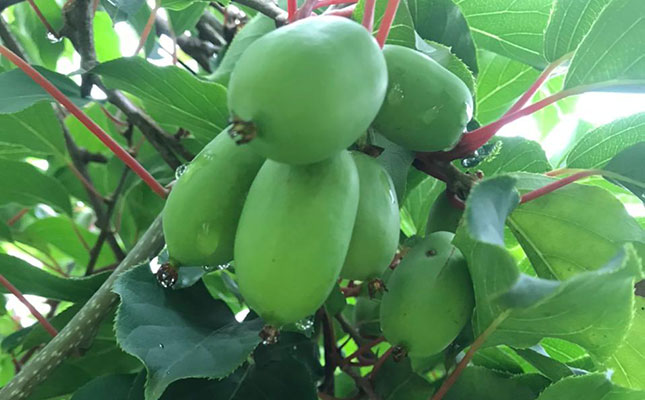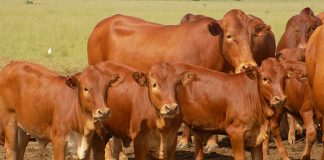“The latest estimate of the total capital cost is R10 billion. Depending on mitigation measures to safeguard downstream users in the Orange River, a maximum of 480 million cubic metres of water will be harnessed by the project,” said Department of Water Affairs (DWA) spokesperson Linda Page.
The agreement on the implementation of Phase 2 was signed in Maseru by the SA and Lesotho governments on 11 August 2011, and two contracts have since been awarded. The first was for construction of a 3,8km access road, which was completed in November 2011. The second was for construction of the measuring weir, which is due for completion in September 2012.
Negotiations for the project management unit (PMU) contract have been completed between the Lesotho Highlands Development Authority and a preferred bidder and work was expected to commence by the end of July 2012.
Loan capital
Construction of the dam and tunnels is expected to commence in January 2016 and be completed by March 2020. However, according to water affairs minister Edna Molewa, loan capital for building the dam has yet to be secured. Once this is in place, “the necessary offtake and implementation agreements will be entered into,” she said in response to parliamentary questions posed by Gareth Morgan, DA MP and spokesperson for water and environmental affairs. Morgan said “maximum transparency” is crucial on big build projects such as these, particularly when they involve two countries.
Essential
Dan Kriek, chairperson of Agri SA’s national resources committee, said the LHWP is essential for the development of SA’s economic heartland. “At this stage, the DWA is going through a process of validation and verification, to ascertain who is irrigating legally and illegally in the Upper Vaal. That should be completed by 2013. “Once that is enforced, demand out of Upper Vaal from agriculture would decrease and it would increase in the Gauteng region as the population and economic activity grows.”












